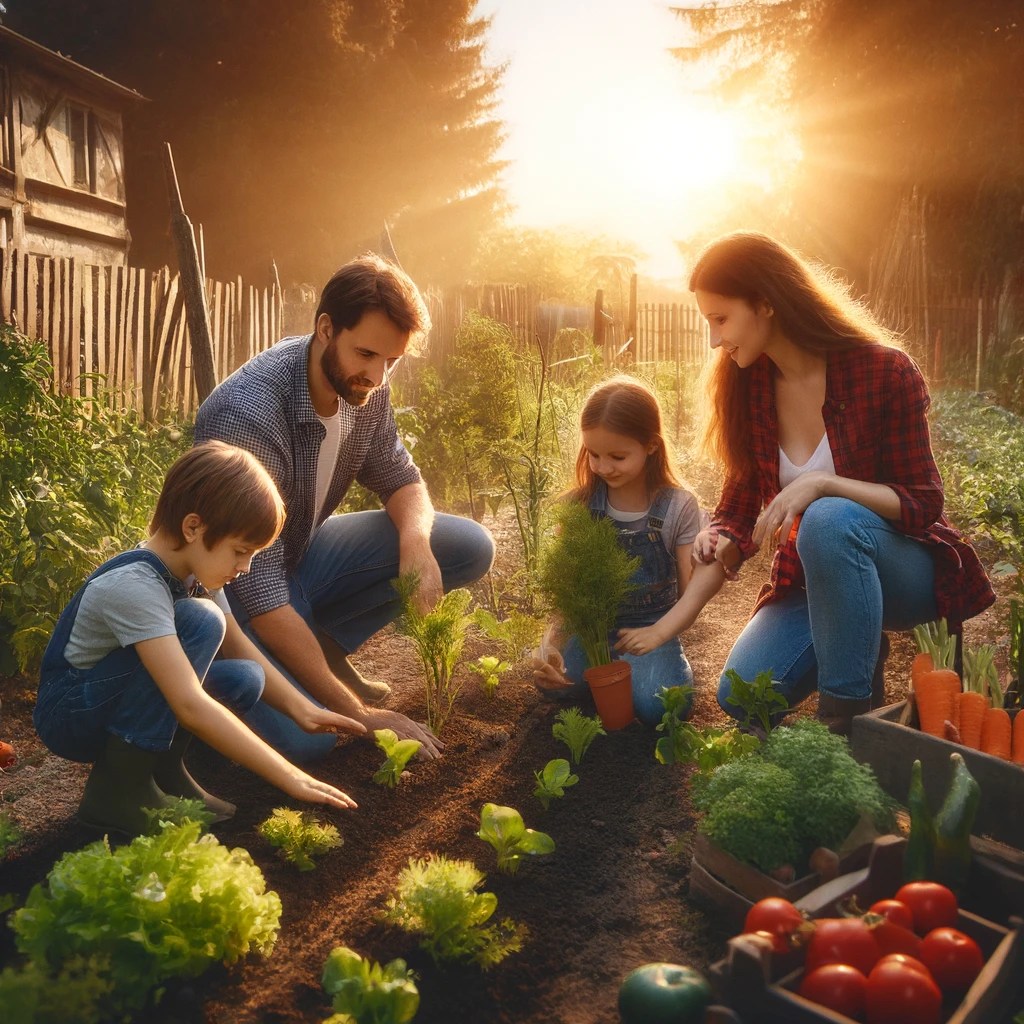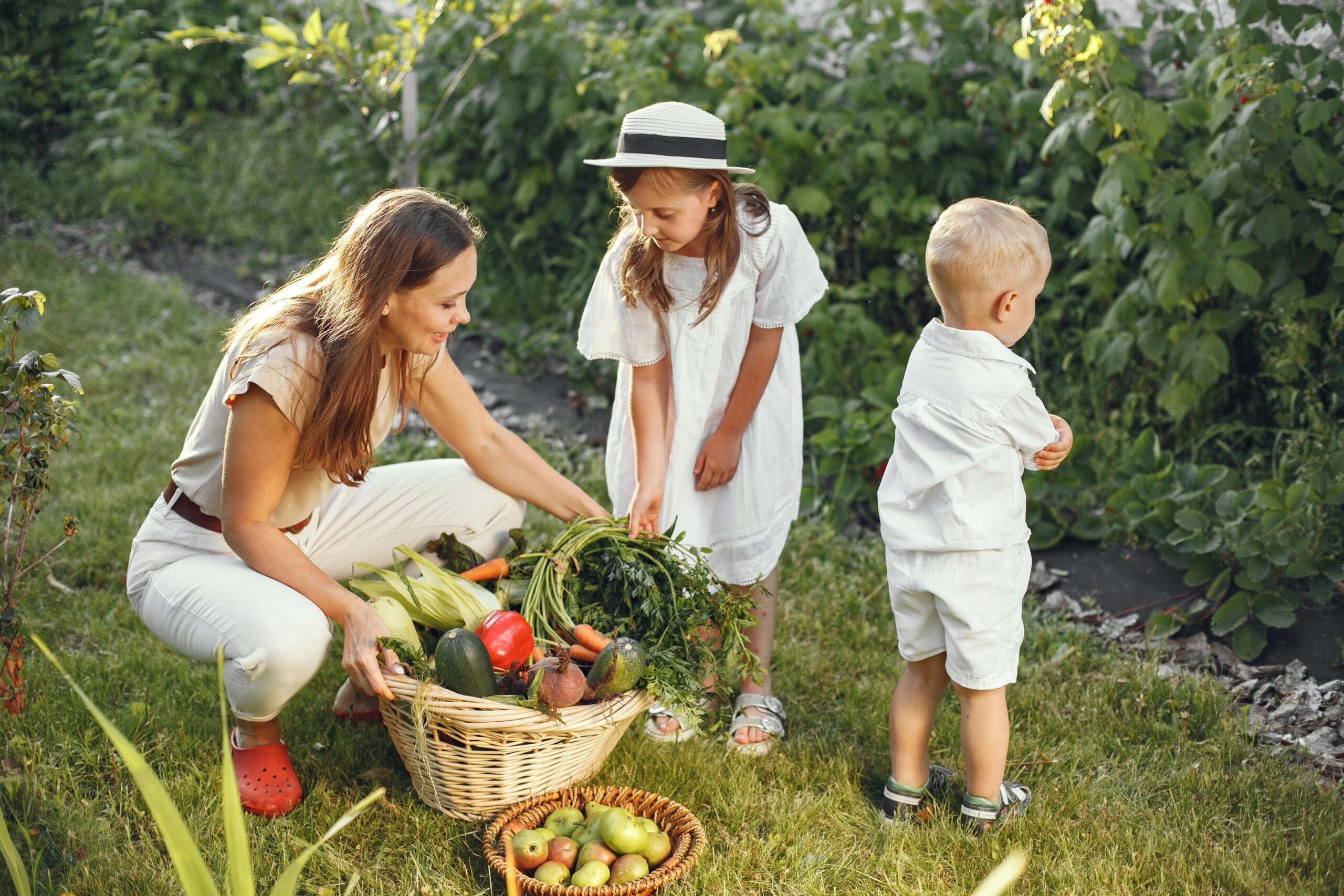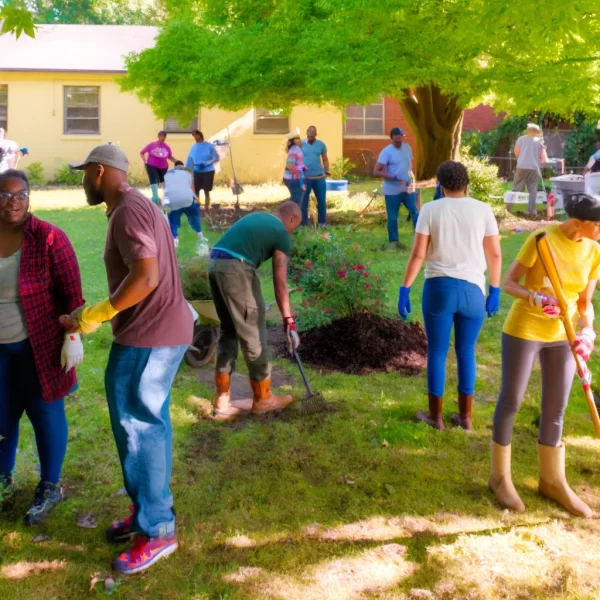Teaching Children About Self-Reliance

In today’s fast-paced world, where technological advancements often outpace human development, the importance of self-reliance cannot be overstated. Instilling a sense of independence and self-sufficiency in children from a young age lays the foundation for their future success and well-being. Teaching children about self-reliance not only empowers them to navigate life’s challenges confidently but also fosters resilience and adaptability. Here are some effective strategies for parents and educators to cultivate self-reliance in children:
- Encourage Decision-Making: Empower children to make decisions from an early age. Offer them choices whenever possible, even if they are small, such as selecting their clothes or deciding what snack to eat. Encourage them to weigh the pros and cons, fostering critical thinking skills and confidence in their choices.
- Foster Problem-Solving Skills: Instead of immediately offering solutions to their problems, encourage children to brainstorm and find solutions independently. Guide them through the process by asking open-ended questions that stimulate their problem-solving abilities. This cultivates resilience and creativity in handling challenges.
- Teach Basic Life Skills: Equip children with practical life skills that promote independence, such as cooking simple meals, doing laundry, and managing money. Start with age-appropriate tasks and gradually increase complexity as they grow older. Hands-on experiences instill confidence and a sense of capability in children.
- Embrace Failure as a Learning Opportunity: Teach children that setbacks and failures are natural parts of the learning process. Encourage them to view mistakes as opportunities for growth rather than reasons for discouragement. By fostering a growth mindset, children become more resilient and willing to take risks in pursuit of their goals.
- Provide Autonomy: Allow children to take ownership of their responsibilities and activities. Whether it’s completing homework, pursuing hobbies, or managing their time, give them the autonomy to manage their own affairs within reasonable boundaries. This autonomy fosters independence and self-discipline.
- Model Self-Reliance: Children learn by example, so demonstrate self-reliant behaviors in your own life. Let them see you tackle challenges with determination and resourcefulness. Model effective problem-solving strategies and demonstrate resilience in the face of adversity. Your actions speak louder than words in shaping their attitudes and behaviors.
- Encourage Perseverance: Teach children the value of persistence and determination in achieving their goals. Encourage them to persevere through difficult tasks and setbacks, emphasizing the importance of effort and perseverance over immediate success. Celebrate their progress and accomplishments, reinforcing their belief in their own capabilities.
- Foster Independence Gradually: Gradually increase children’s independence as they demonstrate readiness and responsibility. Provide opportunities for them to take on new challenges and responsibilities, guiding and supporting them along the way. Gradual exposure to independence builds confidence and resilience over time.
- Promote Self-Evaluation: Encourage children to reflect on their strengths, weaknesses, and areas for improvement. Help them set realistic goals and develop action plans to achieve them. Regular self-evaluation fosters self-awareness and accountability, empowering children to take control of their own growth and development.
- Celebrate Independence: Celebrate milestones of independence and self-reliance, no matter how small. Acknowledge their efforts and accomplishments, reinforcing the importance of autonomy and self-sufficiency. Positive reinforcement encourages continued growth and reinforces self-reliant behaviors.
In conclusion, teaching children about self-reliance is a vital investment in their future success and well-being. By empowering children to make decisions, solve problems, and take ownership of their lives, parents and educators equip them with the skills and mindset needed to thrive in an ever-changing world. Cultivating self-reliance in children fosters resilience, confidence, and adaptability, laying the foundation for a bright and fulfilling future.
Read More


